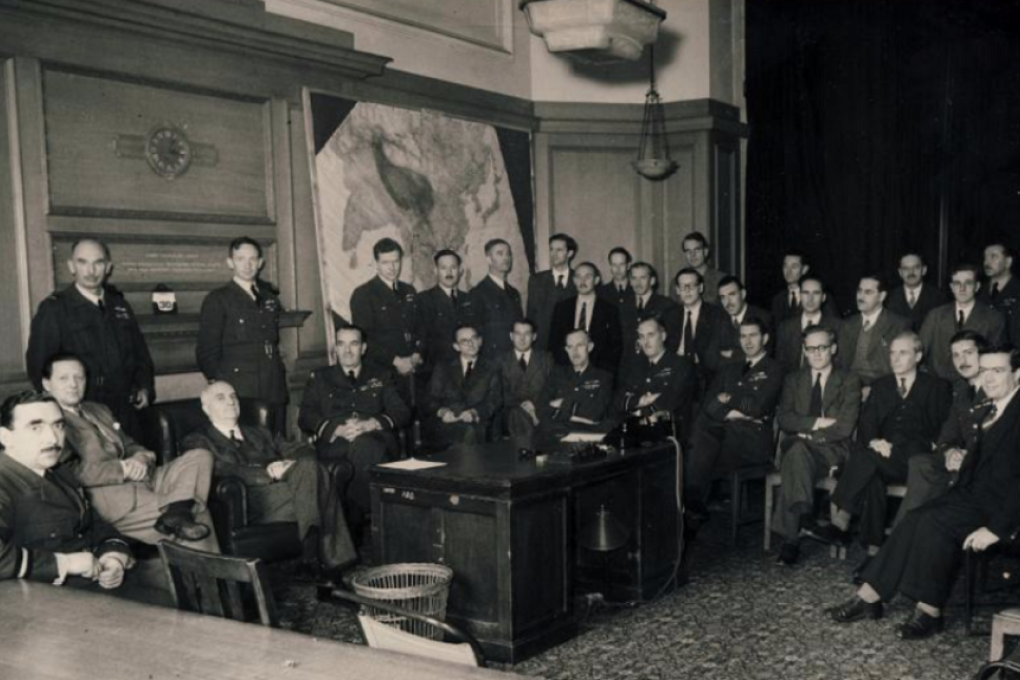Traditions and Old Malvernians
[Sponsored Article] Malvern College is a British Boarding School located in the heart of England at the foot of the rolling Malvern Hills. It was founded by Reverend Arthur Faber in 1865, initially as an all boy school with only 24 pupils and 6 School Masters.

[Sponsored Article]
Malvern College is a British Boarding School located in the heart of England at the foot of the rolling Malvern Hills. It was founded by Reverend Arthur Faber in 1865, initially as an all boy school with only 24 pupils and 6 School Masters. Today, together with its associated preparatory school, The Downs Malvern, Malvern College provides high quality education for boys and girls aged from 3 to 18 years. Renowned for its innovative approach to education, the school pioneered the adoption of the Nuffield Science teaching approach, and was one of the first UK schools to adopt the IB Diploma programme and the Duke of Edinburgh award scheme. Malvern College has now acquired an enviable reputation for being one of the most established IB schools in the UK and comfortably beats the world average in all subject areas. While the College has moved on since its inception there are still many deep-rooted traditions and symbols of significance to remind Malvernians of their rich heritage.

The crest of Malvern College, for example, has key features which pay tribute to its natural surroundings. The three circles with wavy patterns represent the flowing waters of Malvern and the five smaller circles represent the fresh water wells of the area. Malvern water is well known for its beneficial health qualities and has been a favourite drink of the Queen for many years. At the top of the crest is a Gryphon, a mythological creature used to symbolise “importance” or “power”, standing on a warrior’s helmet to denote strength, leadership and military courage. These qualities were seen to be important from the very first days of Malvern but became especially so in the First and Second World Wars where many hundreds of Malvernians lost their lives and are commemorated in the school’s beautiful chapel.
The Gryphon is such an important symbol in the college that it gives its name to the Gryphon Room located in the newly built Sports complex – an impressively large room used to host guest speakers, prestigious school dinners and other meetings. Symbols of Gryphons can also be found around the campus of most notably the twin statues looking out over the grounds. In presiding over the vast school site, they are joined by the statue of Saint George whose significance is great not just within the College but throughout the whole of England. The story of St. George is one deep rooted within English folk lore and is famous for St. George’s bravery in slaying a dragon. As a result of his courage, St George has become a symbol of military prestige and these days is used as the College’s War Memorial. On the 11th November Poppy wreaths are laid at the base of the statue to remember the fallen members of the college from both World Wars and other more recent conflict.
